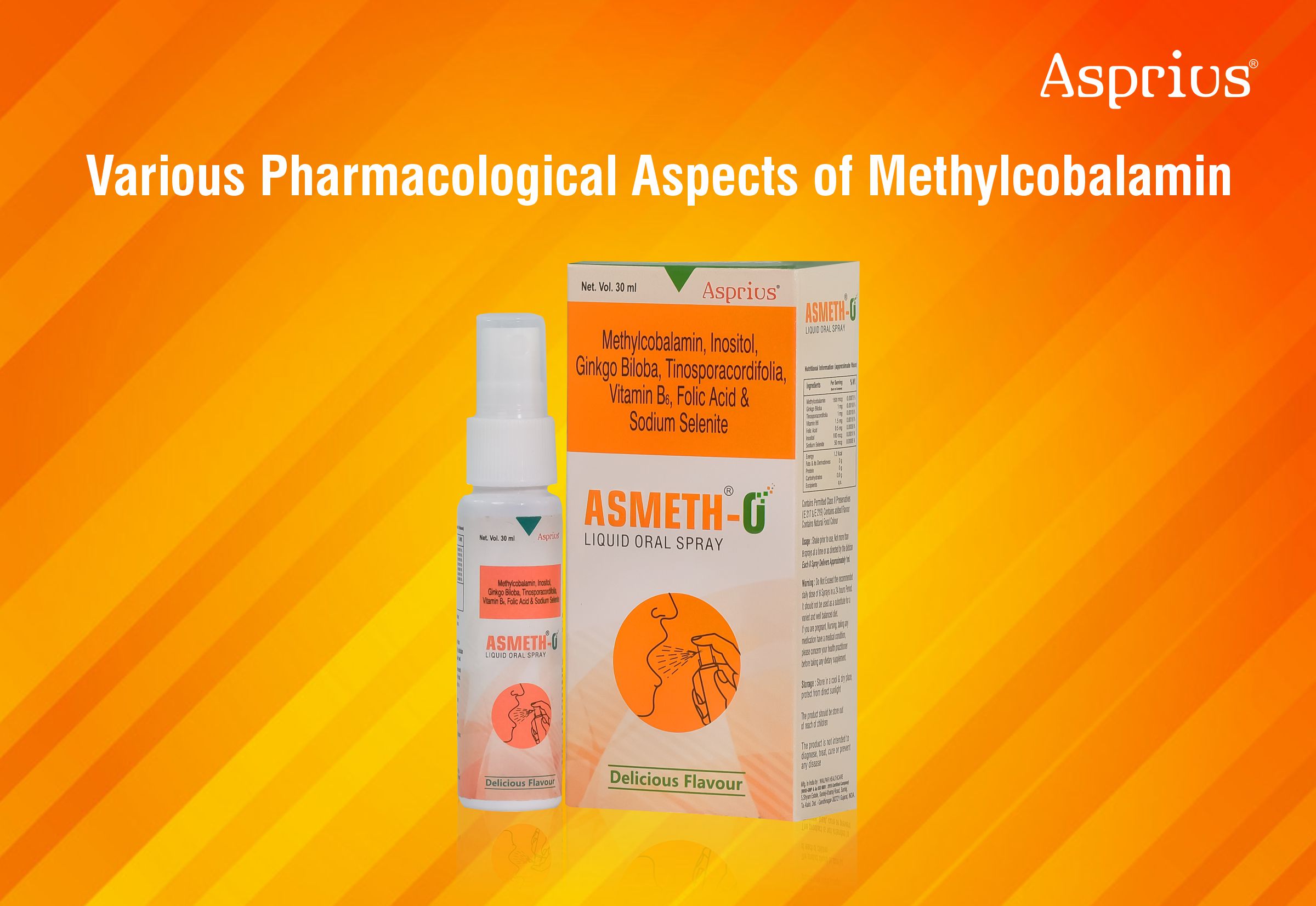ASPIVIT D3

Leading Pharmaceutical consultant and editor-in chief of IJMToday

1,25(OH)2D3 is an active vitamin D metabolite. It is converted from 25 -OH- D3 by hydroxylase . Mediated by the vitamin D receptor (VDR), 1,25( OH ) 2D2 plays an important role in many biological processes, including bone metabolism, muscle function , and the immune response. Differentiation of osteoblasts and osteoclastogenesis can be stimulated by 1,25 (OH )2D2. The effect of 1,25 (OH ) 2D2 on osteoclastogenesis is indirect , which requires cell to cell contact between osteoblasts and osteoclast precursors. When recognized by its receptor on osteoblasts , 1,25 (OH ) 2D2 can increase expression of receptor activator of NFkB ligand ( RANKL ) ,which binds RANK. RANK on the preosteoclast induces the preosteoclast to become a mature osteoblast. 1,25 (OH ) 2D2 has also been reported to stimulate production of calcium –binding proteins ,i.e. osteocalcin and osteopontin , in osteoblasts .Runx2 ,a transcriptional regulator of osteoblast differentiation, is also regulated by 1,25 (OH ) 2D2. Vitamin D can influence bone metabolism by providing calcium and phosphate through its effect on the gut, bone and kidneys. 1,25 (OH ) 2D2 interacts with its specific nuclear VDR in the intestines to enhance the efficiency of intestinal absorption of calcium and phosphorous. In the kidneys, it affects calcium transport in the distal tubule by enhancing the action of parathyroid hormone and by inducing transient receptor potential cation channel, subfamily V, member 5 and calbindins . Another important effect of 1,25 (OH ) 2D2 in the kidneys is inhibition of cytochrome p450 (CYP)27B1 (25-OH-D3 1alpha –hydroxylase) and induction of CYP 24 (1,25 (OH) 2D2 24 –hydroxylase). Effects of 1,25 (OH) 2D2 on reabsorption of sodium phosphate transporter b-mediated phosphate in the proximal tubule have also been suggested.
Depending on parathyroid hormone status and on experimental conditions, 1,25 (OH) 2D2 has been reported to increase or decrease renal reabsorption of phosphate.
There are three ways in which Vitamin D metabolites can affect muscle metabolism. First, a VDR in skeletal muscle cells that specifically binds 1,25 (OH) 2D2 can lead to a ligand-receptor interaction that results in a final transcription complex. This genomic pathway was found to influence muscle cell calcium uptake, phosphate transport across the muscle cell membrane, and phospholipid metabolism, as well as to mediate cell proliferation and subsequent differentiation into mature muscle fibers. Second, there is evidence indicating that 1,25 (OH) 2D2, possibly through a vitamin D membrane receptor, acts directly on muscle cell membranes, resulting in enhanced calcium uptake within minutes, both through voltage – dependent calcium channels and calcium release –activated calcium channels. Finally, muscle strength appears to be influenced by the VDR genotype in muscle cells.
Osteoporosis in elderly patients of both sexes is characterized by uncoupled bone remodeling. This uncoupling is induced by sex hormone deficiencies, by the so – called somatopause (growth hormone or insulin –like growth factor deficiency)., by vitamin D deficiency , and importantly , by reduced synthesis of D-hormone in the kidneys and bones( 1alpha –hydrolase deficiency ). It is also induced by lack of receptors or receptor affinity for D hormone in target organs (gastrointestinal tract, bones, and parathyroid gland).Inadequate 1,25 (OH) 2D2 levels will lead to lower intestinal calcium absorption, so more calcium will be mobilized from the skeleton, resulting increased bone resorption. Additionally, insufficient D hormone levels result in limited synthesis of bone matrix proteins that are released by osteoblasts. This limited synthesis of bone matrix proteins as well as the limited regulation of cytokines which are important for bone turnover exert a negative influence on bone mass and quality. Consequently, treatment with 1,25 (OH ) 2D2, may be beneficial for osteoporotic patients , especially in the elderly population.
The biological responses to vitamin D are mediated by the VDR, which is a DNA –binding transcription factor. VDR generates an active signal transduction complex consisting of a heterodimer of the 1,25 (OH) 2D2,–liganded VDR and an unoccupied retinoid X receptor. This complex is able to recognize vitamin D –responsive elements in the DNA sequence of genes regulated by vitamin D .By recruiting complexes of either coactivators or corepressors, activated VDR modulates the transcription of gene encoding proteins that promulgate the traditional genomic functions of vitamin D, for example ,signaling intestinal calcium and phosphate absorption to affect skeletal and calcium homeostasis .The VDR gene located on chromosome 12 cen-q12 contains 11 exons and spans approximately 75 kilobases of genomic DNA. It has been suggested that it is one of the candidate genes for genetic control of bone mass.
There is racial diversity in the distribution of VDR gene polymorphism.




